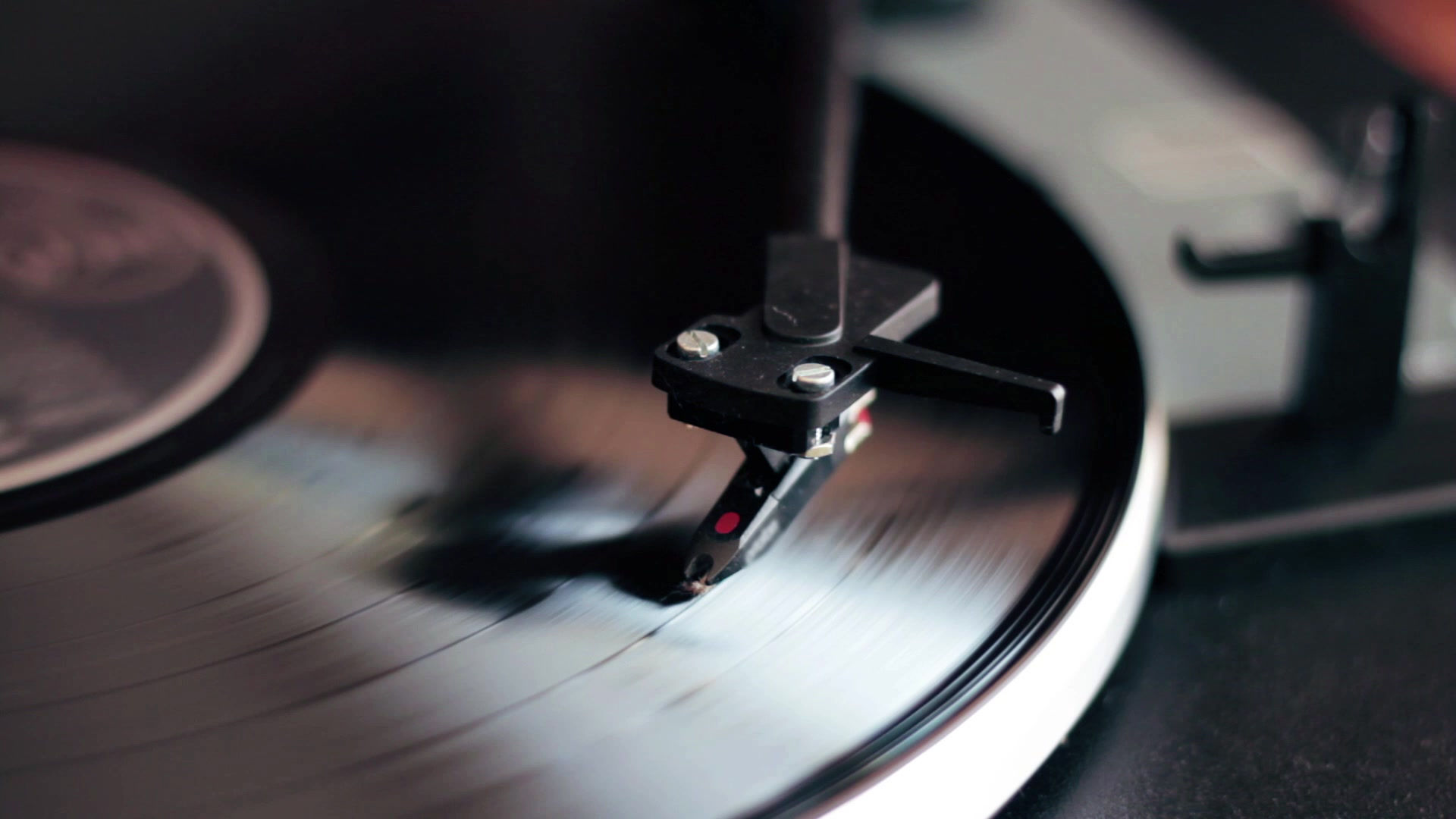Makoto Moroi
- Gerald Van Waes
- Jun 25, 2016
- 2 min read

Omega Point Records Makoto Moroi : Obscure Tape Music vol.3:
Music Drama "Akai Mayu" (JAP,1960, re.2009)****’
When I checked some audio fragments of the first 10 releases of this series of obscure Japanese tape music, this release immediately sounded like one of the most interesting and rewarding ones, so I decided to check it out.
Makoto Moroi is a composer who studied composition at the Tokyo National University of Fine Arts and Music. He also studied with private teachers Gregorian chant (with Paul Anouilh) and Renaissance and Baroque music (with Eta Harich-Schneider). His father composed in the classical tradition, he himself more like enhanced several traditions at once. He was one of the first Japanese composers who introduced new musical styles and devices to a Japanese audience, like the twelve-tone technique, serialism, and aleatory music. You can consider the composer as being part of the avant-garde, but in most works he still uses traditional Japanese instruments. There’s even a CD with his sakuhachi music.
What I liked immediately about the main piece, “Akai Mayu” (=”A Red Cocoon”) is that it combines a couple of traditions: the Japanese theatre with a storyteller, the old and new classical music (chamber music ensemble and choir) and electroacoustic or tape music. It is based upon a short fiction story of Koubou Abe (1924-1993), a musical drama version that was first broadcasted by NHK in 1960. A later version included a pantomime by Mamako Yoneyama, with abstract image projection and stage setting by Hiroshi Manabe. It was performed at the Sogetsu Art Center in Tokyo.
The tape part, which dominates at certain sections, returns or is mixed in with the other elements, shows filtered noise, dripping speeds, and the use of spatial movement and resonances. It is used in a clever way. Also the sound balance with the vocals is done with a strong spatial awareness. The music is at the same time the extension of Japanese folklore opera and of western classical music and shows a vision and strong physical use of movement of the tape manipulation.
From the same concert some pre-recorded tapes were saved from another piece called “Arcana 19" which was supposed to be combined with a live recording by Kuniharu Akiyama, which original source is lost. Here you can hear even more clearly how well and with fluent changes the composer was able to deal with the medium of tape manipulation. Just hear the complex activity of the wobbling speeds, the use of echoing spatial qualities, the use of certain percussive qualities of sounds, the use of layers in order to create a warm spatial and harmonic impression. In the last tracks you can hear the creation of sounds that recall the qualities of whales sounds or birds and of course the wobbled form of sound. The approach shows clarity and simplicity in detail, which gives all the richness of it to the quality of the produced sounds with its interactive combinations.
Limited edition of 500 copies.
























Comments